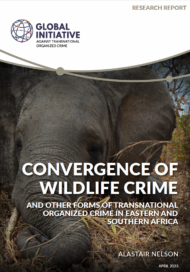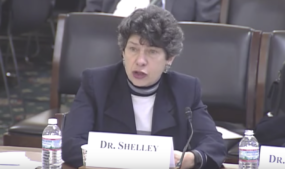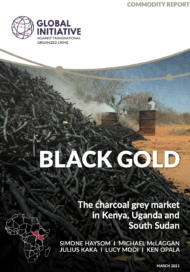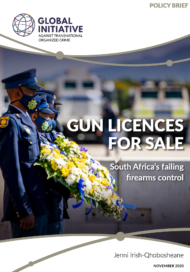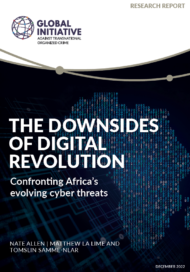Posted on 05 Apr 2023
The huge growth in wildlife crime during this century has captured headlines, attracted celebrity attention and public interest and generated policy discussions. Narratives have concentrated largely on the ‘war on poaching’ and how wildlife trafficking generates income for terrorist groups. This focus has led to overly militarized and tactical responses that have missed the real threats and challenges of wildlife crime and have broken down trust and the legitimacy of conservation efforts.
The reality is that wildlife crime has grown to become a major form of transnational organized crime, worth billions of dollars, and affecting every continent. This realization has seen a recent shift towards understanding the dynamics of this illicit economy and dismantling the organized criminal networks that underpin it. With this shift have come a few transformative successes, where patterns of wildlife crime have changed. In these cases, the killing has stopped and large volumes of wildlife products no longer transit some countries and regions. This report describes some of these cases.
As wildlife crime increased in seriousness and profitability and evolved into an organized crime type, it developed corrupt support systems and associated illicit financial flows. Reports of its convergence with other forms of organized crime have also grown. Crime convergence occurs when criminal economies, networks and/or trafficking systems mature enough for convergent relationships and systems to develop and become established. Deeper understanding of the wildlife crime value chain and its convergence with other types of organized crime will help to disrupt more wildlife trafficking networks, reversing biodiversity declines and other negative ecosystem impacts of wildlife crime.
This report aims to contribute to this understanding by analyzing the dynamics and breadth of crime convergence related to the illegal wildlife trade (IWT) in Eastern and Southern Africa, as well as where on the wildlife crime value chain convergence is happening. Using a simple system that characterizes convergence as either network, hub or broker convergence, this report draws on interviews, case studies and detailed research. It finds hub convergence to be prevalent in all of the key logistics hubs investigated, and broker convergence to be present in all of the cities and towns researched. However, network convergence – cases in which a criminal group trafficking wildlife products is involved in other types of crime – was less prevalent than expected.
